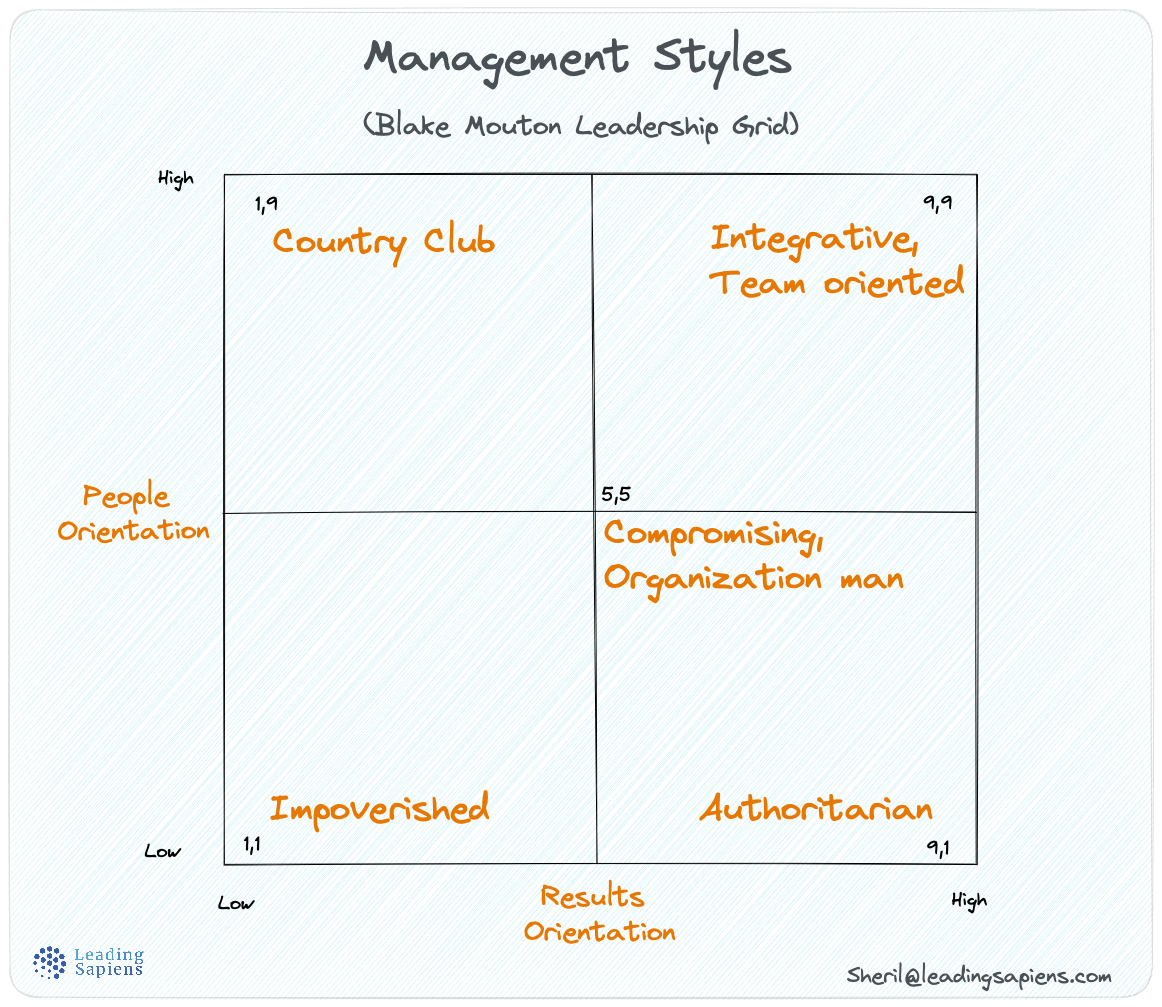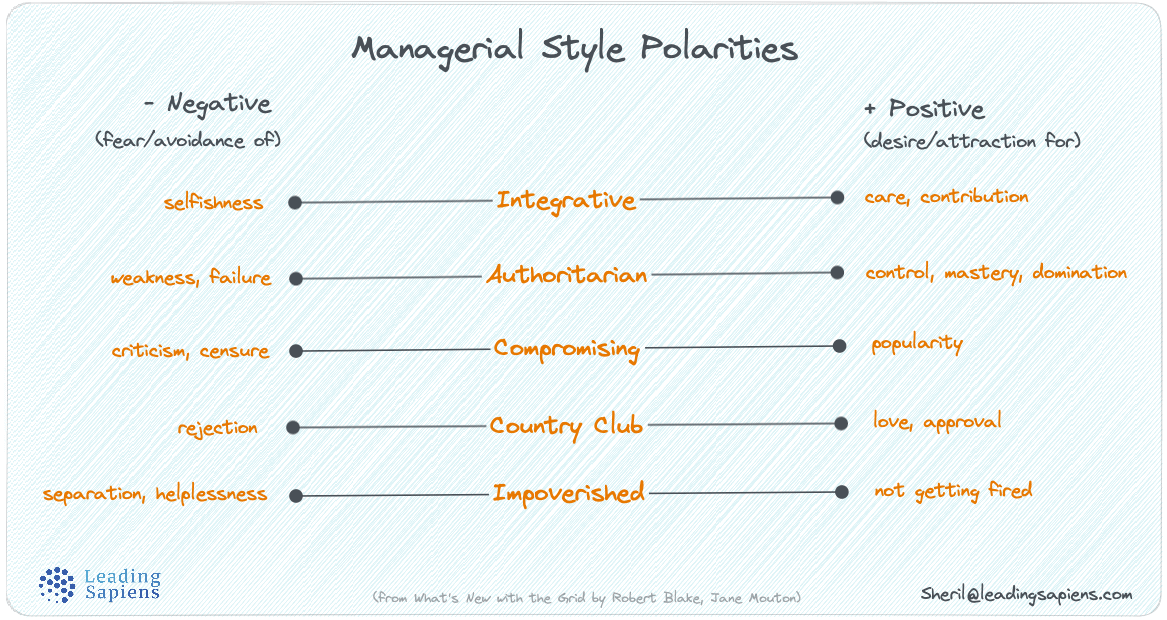
Most leaders and managers tend to fall into patterns in how they go about balancing between prioritizing people concerns vs needs of the organization. Not being aware of these biases creates imbalances. Understanding different leadership styles opens up potential areas for improvement.
In my managerial career, it was common to come across managers who struggled to give critical feedback. They wanted to be “friendly” and ended up doing more damage than good. In contrast, there were others who were too task focussed and completely oblivious to the "people" needs of their team. Neither approach works well.
The skill in management is to do both — what Jim Collins calls embracing the "Genius of the AND" rather than succumbing to the "Tyranny of the OR" — thinking that it has to be one way or the other.
All managers have to learn this through trial by fire, and achieving balance is the essence and skill of good management. Fortunately there are models that can be used as good diagnostic tools.
The Blake Mouton Leadership Grid, originally called the Managerial Grid or the Grid Theory of Leadership, is a classic model that captures leadership styles and managerial attitudes and behaviors.

It maps different styles of management and leadership on a 9x9 grid based on two primary criteria:
The grid identifies 5 distinct styles of leadership and management that straddle the extremes of balancing the two orientations of people and tasks.
Most leaders tend to have a default go-to style with possibly another that they use in extreme situations. Each style has its own set of characteristics.
Each leadership style has its own set of positive and negative polarities – trying to avoid something while at the same time working towards achieving something. Recognizing and understanding these tendencies in our own approaches is a useful exercise.
For eg the authoritarian style is fearful of showing weakness and failure, while the country club style is more focused on avoiding rejection.

Bear in mind, reality is a lot more complex than this grid would have you believe. All of us will find a mix of polarities in how we operate.
The question is not which particular style we fall under, but rather what we are overlooking because of our dominant style, especially when that default style is not working effectively or is coming at a high cost of attrition or performance.
The original use of the grid was as a predictive and prescriptive tool — trying to predict which managers will do best and prescribing the best approaches. Blake and Mouton's research mapped managerial behavior based on seven core characteristics:
The primary thrust of Blake and Mouton's research was that the 9,9 integrative style of good balance between people and results tends to be the most effective. Granted, this shouldn't be news anymore, but it's still a good reminder.
While it’s predictive abilities are questionable, it’s a useful diagnostic tool for reflecting on your own leadership style and how it fits with the rest of your organization. It can highlight blindspots and biases that might be holding you back.
Managers with a strong task orientation will benefit from understanding what makes people tick. In contrast, people-oriented managers will benefit from getting better at setting objectives and stronger follow-up conversations.
While 9,9 integrative is the most preferred style, certain situations might require an authoritarian style.
Middle of the road management although considered mediocre might be best for sustaining performance in the long run without burning out the team. The country club style is not categorically bad either. If it's a group of high functioning independent operators, they might thrive best in an environment of minimum supervision and high camaraderie.
When taking over a new team, focusing initially on people is one approach. Over time you start balancing between (1,9) and (9,1), stabilizing at (5,5) and then eventually working up to operating skillfully at a high (9,9).

I am an executive/leadership coach. Before LS, I worked for 20 years in corporate America in various technical & leadership roles. Have feedback? You can reach me at sheril@leadingsapiens.com.
Related articles you might like Leadership • 6 min readLee Bolman and Terrence Deal’s four frames model of organizations and leadership is a versatile tool for managers. This…

Lee Bolman and Terrence Deal’s four frames model of organizations and leadership is a versatile tool for managers. This…

Lee Bolman and Terrence Deal’s four frames model of organizations and leadership is a versatile tool for managers. In…